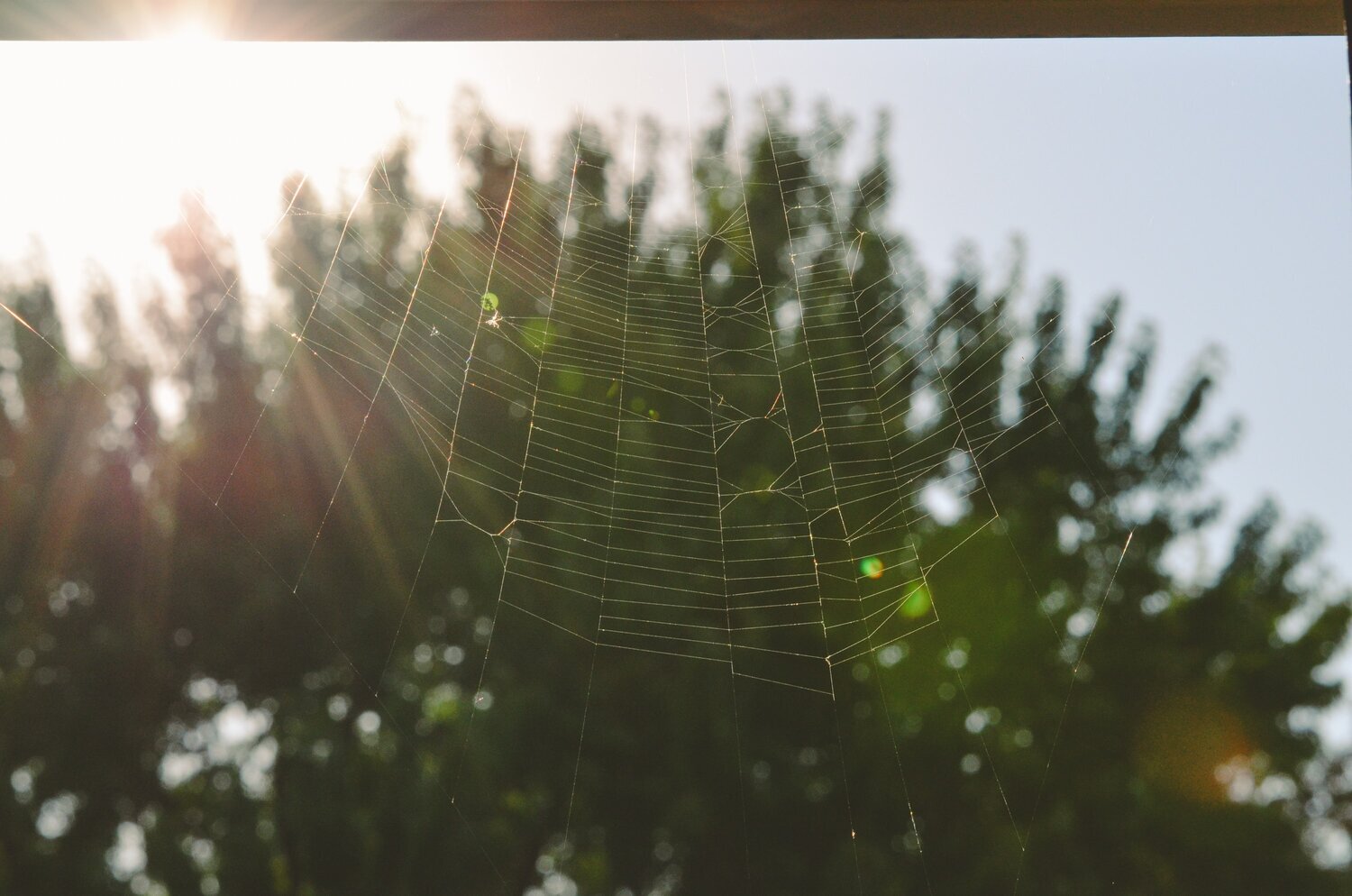Fashion Revolution: Textile Innovation
Compiled by Kelly Gualtieri
Fashion has not necessarily been aligned with environmental concerns, but slowly things are changing here in the US and around the world.
Here are 7 novelty innovations that are changing textiles in the fashion industry
1 / cruelty free silk
Silk is not necessarily the first fabric that comes to mind regarding animal cruelty but over 66,000 silkworms die to produce 1 kg of silk (the equivalent of 2 woven tops). Studies have found that silk production is the #2 polluter from raw material to final product.
WHO’S SOLVING THIS?
Peace Silk, is a method of silk production that allows the silkworms to turn into months and emerge naturally from their cocoons. However, there are some issues in durability in this type of silk. Bolt Thread, out of California, has developed a fabric called Microsilk™ which has the exact same properties as spider silk, with less environmental impact. It produces less pollution, creates lasting sustainability and has the potential to biodegrade.
2 / recycled nylon + polyester
So many of our garments are made with nylon and polyester producing tons of waste in landfills and the ocean. These types of fabrics do not decompose and unless they are recycled will end up sitting in these landfills for centuries.
WHO’S SOLVING THIS?
First Mile, right here in Pittsburgh, has been a leader in the responsible, traceable sourcing of used water bottles from Haiti, Honduras, and Taiwan. Once recycled, First Mile material is transformed into polyester fabrics used by PUMA, Ralph Lauren, Timberland, and their team’s recently launched brand Day Owl. Econyl®, another new innovative fabric, uses waste such as industrial plastic, waste fabric and fishing nets from oceans and regenerates into a new nylon yarn. This new yarn is extremely durable and has properties exactly like that of virgin nylon. Compared with the material being made from oil, Econyl® reduces the global warming impact of nylon by up to 80%.
3 / Forest based fabrics
Viscose, modal and acetate are all fabrics that are made from trees. And every year 150 million trees are cut down to make these fabrics. This deforestation is one of the key drivers of climate change, accounting for 20% of global greenhouse gas emissions.
WHO’S SOLVING THIS?
Conscious companies are now using fully transparent and traceable fabric supply chains to make sure that the wood pulp that they are sourcing to make fabrics comes from sustainable forests. These forests are managed in ways that maintain their productivity and regeneration ability while also balancing the needs of the environment and the wildlife that reside there.
4 / aloe based fabric
Before they make it to production line, many fabrics like cotton and linen are washed repeatedly to achieve softer hand feels. This results in extreme water usage and waste. On average, 10,000 liters of water are used to cultivate just one kilogram of raw cotton.
WHO’S SOLVING THIS?
New fabrics are now being treated with aloe, allowing for naturally softer fabrics that not only use less water but are great for wearers skin.
5 / plastic bag reuse
We all know how many plastic bags are around the environment. They get into soil, slowly release toxic chemicals and eventually break down into the soil, with the unfortunate result of animals ingesting these toxins. Most always, these bags end up in landfills and pollute our oceans.
WHO’S SOLVING THIS?
Plastex is an 100% eco fabric that is made from reused plastic bags and recycled cotton threads. Plastic bags are collected, sterilized and cut into thin stripes that are interwoven on a handloom. The result is durable, water resistant fabric that is being used in designer furniture and fashion. TIPA, another breakthrough in renewable textiles, provides packaging that breaks down entirely into compost in the same biodegradation process as organic waste. The company is converting industrial plastic to TIPA’s compostable packaging, so that plastic will no longer linger in landfills for hundreds of years, but will biodegrade within months in a sustainable circular manufacturing process.
6 / regenerative wool + cashmere
It takes 4 goats to produce enough fiber to make a single cashmere sweater. To keep up with the demand, farmers in Mongolia have been increasing the number of goats in their herd. This is leading to negative environmental issues and concerns.
WHO’S SOLVING THIS?
Companies like Re.Verso are reengineering cashmere by creating a zero waste production cycle. In the first phase, the company Greenline sources and sorts pre consumer waste from Europe. It is then taken to textile mills like Nuova Fratelli Boretti where they transform the waste into wool fibers. Lastly, Re.Verso is responsible for transforming the fibers into yarns and fabrics for consumer use.
7 / sustainable faux fur
While faux fur is a better alternative to the real thing, its fibers are made from chemicals derived from coal, air, water, petroleum and limestone. Small fibers fall off of faux fur products which can end up in our oceans or landfills and are not biogradeable.
WHO’S SOLVING THIS?
KOBA®, a corn byproduct blended with recycled polyester, has been created in partnership with Dupont and Ecopel, as a faux fur alternative. KOBA® has a much lower carbon footprint than other faux furs, while also feeling more luxurious and much more like real fur.







